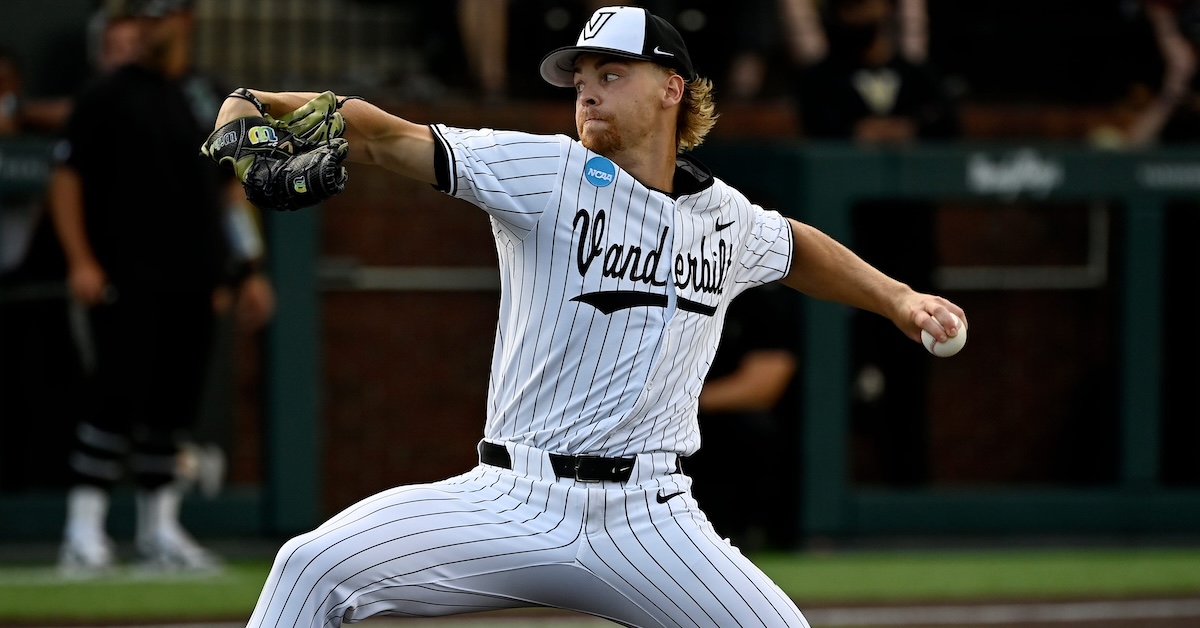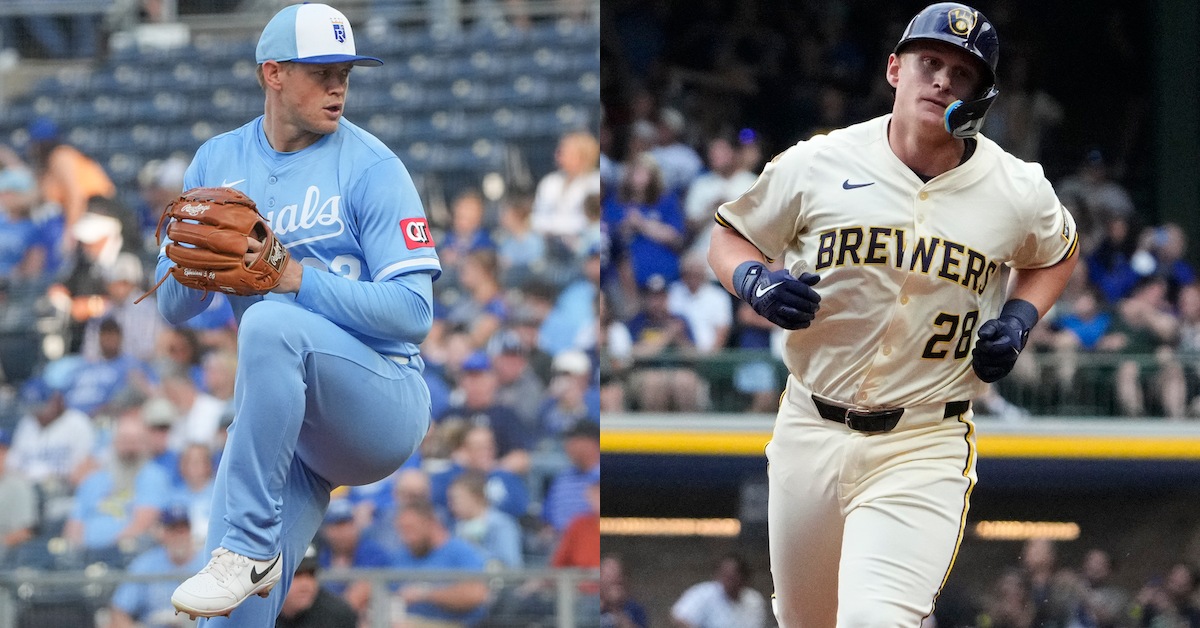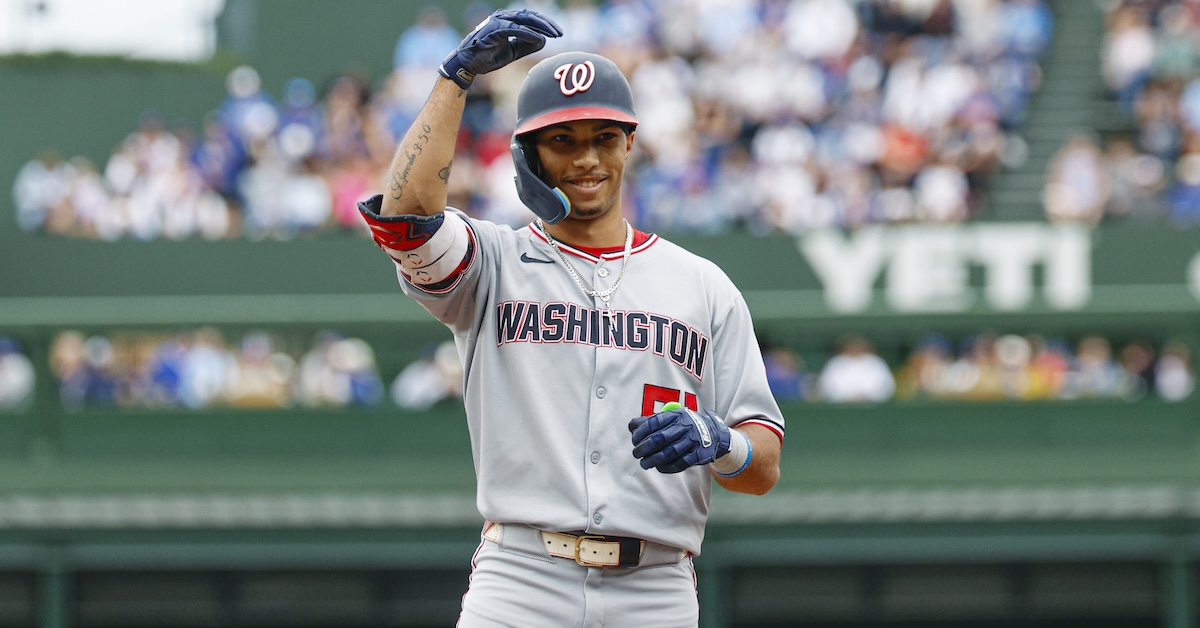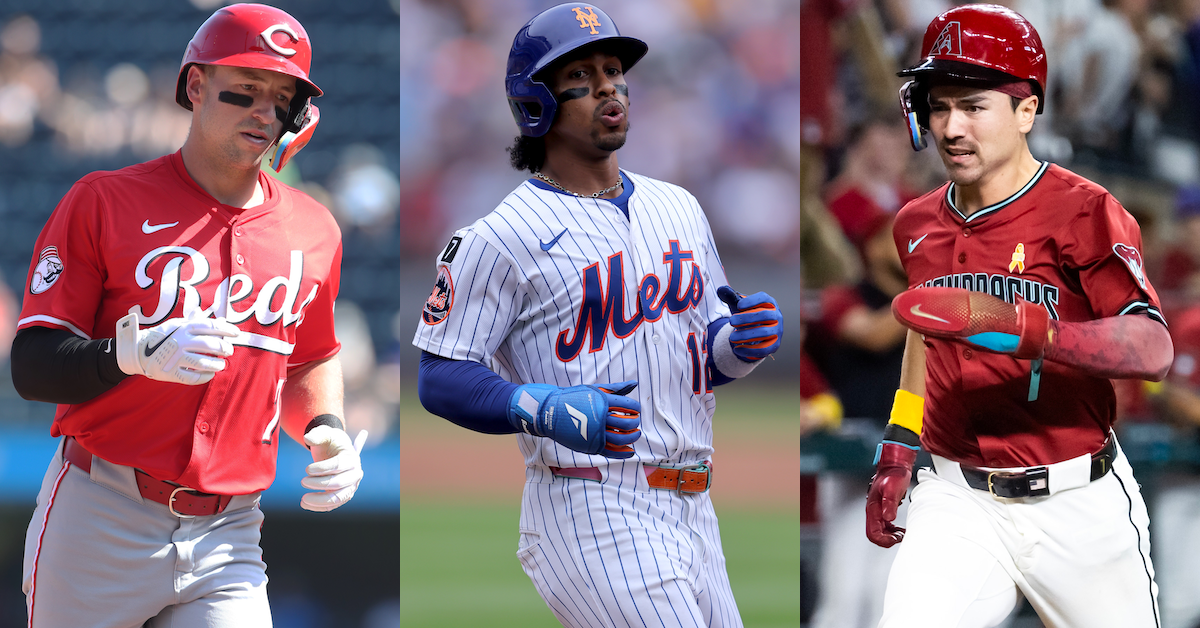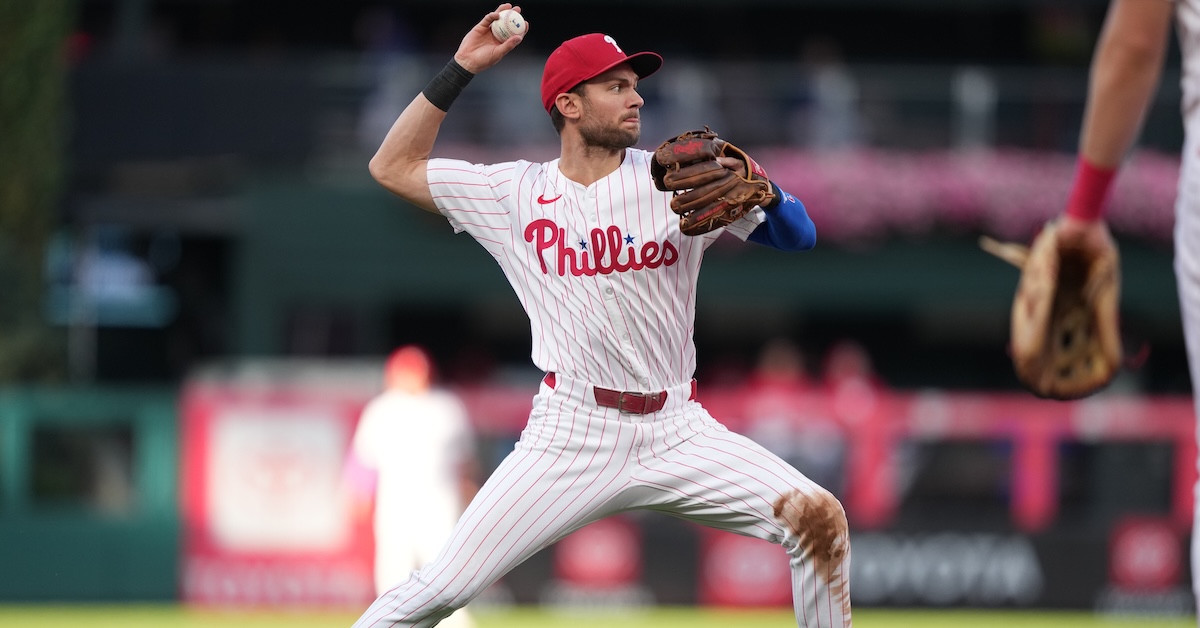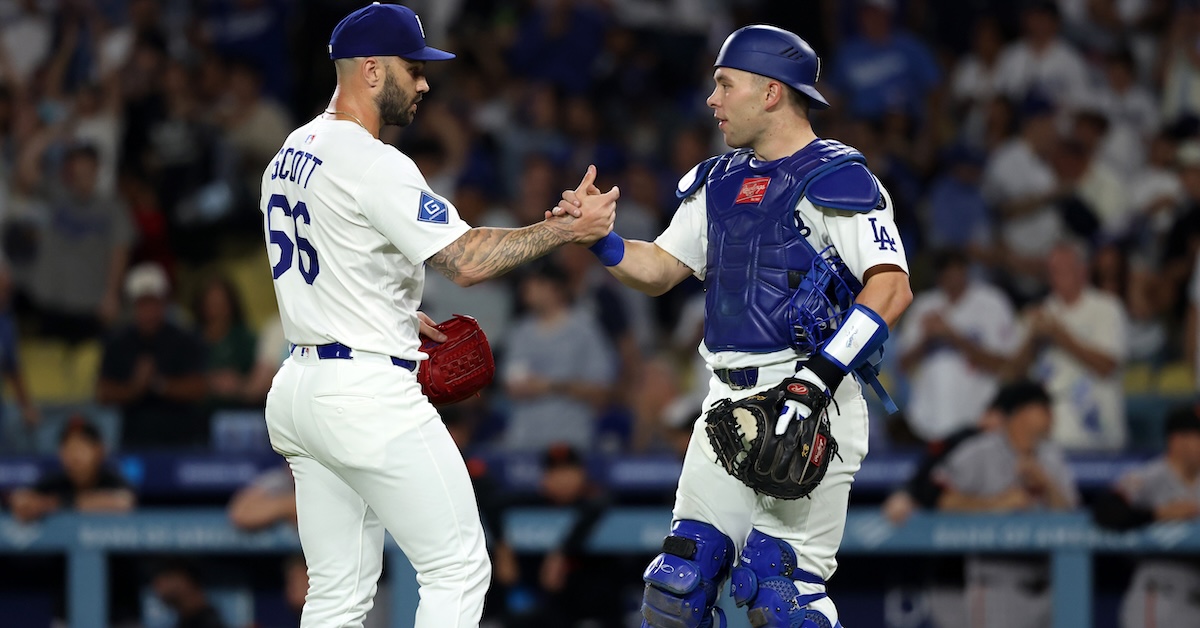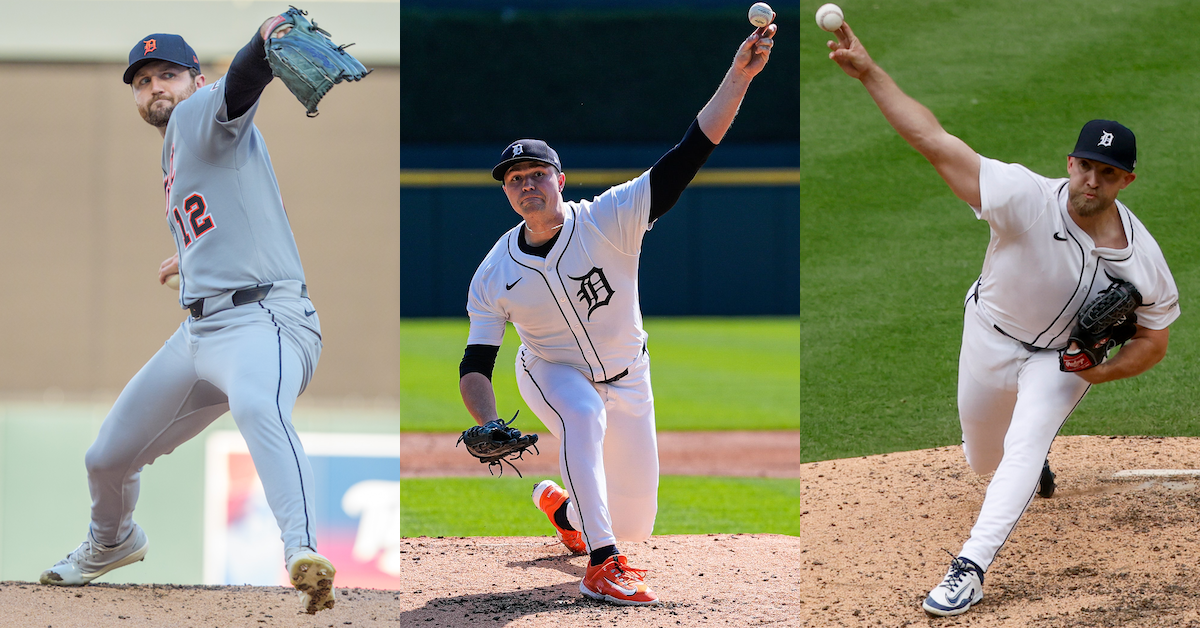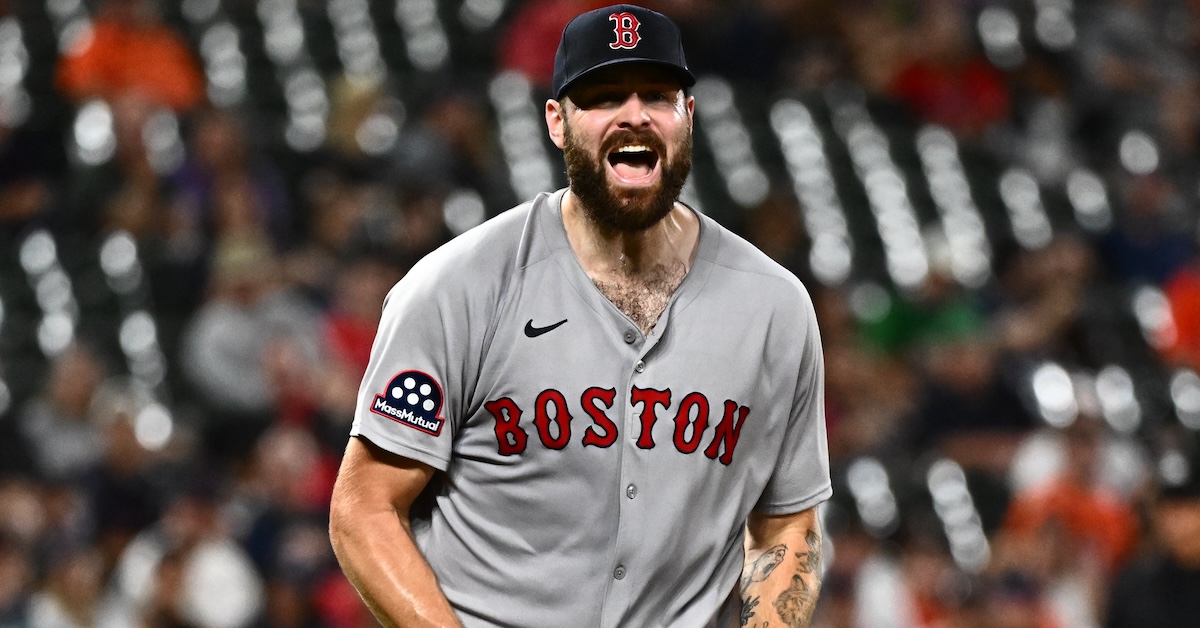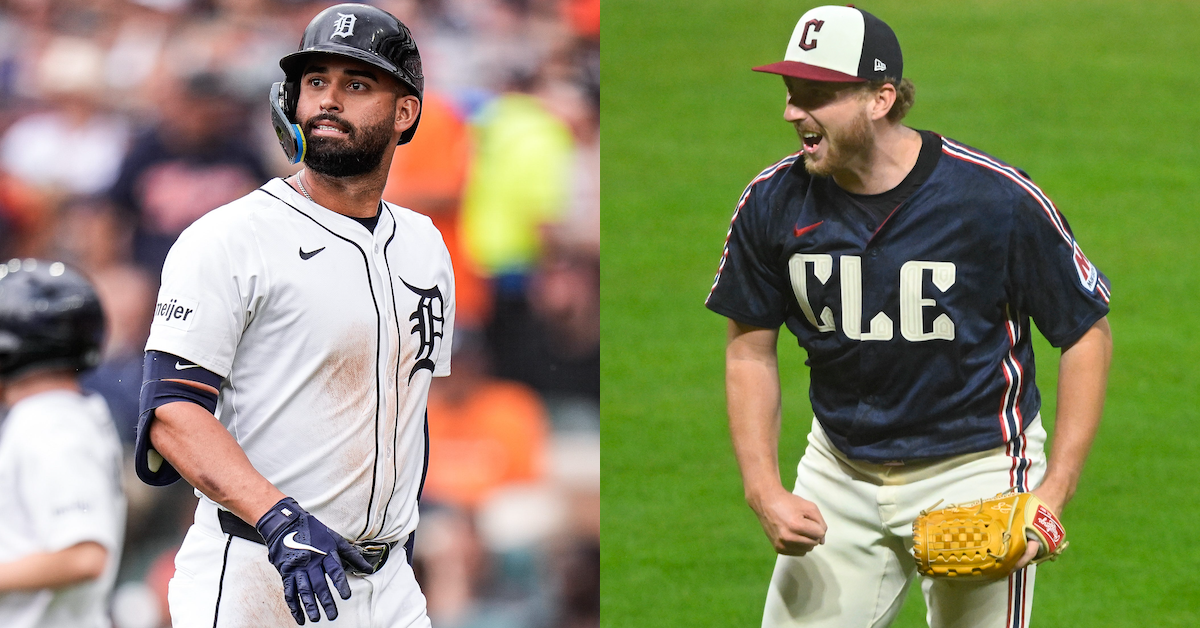The Heroes (And Zeroes) of September
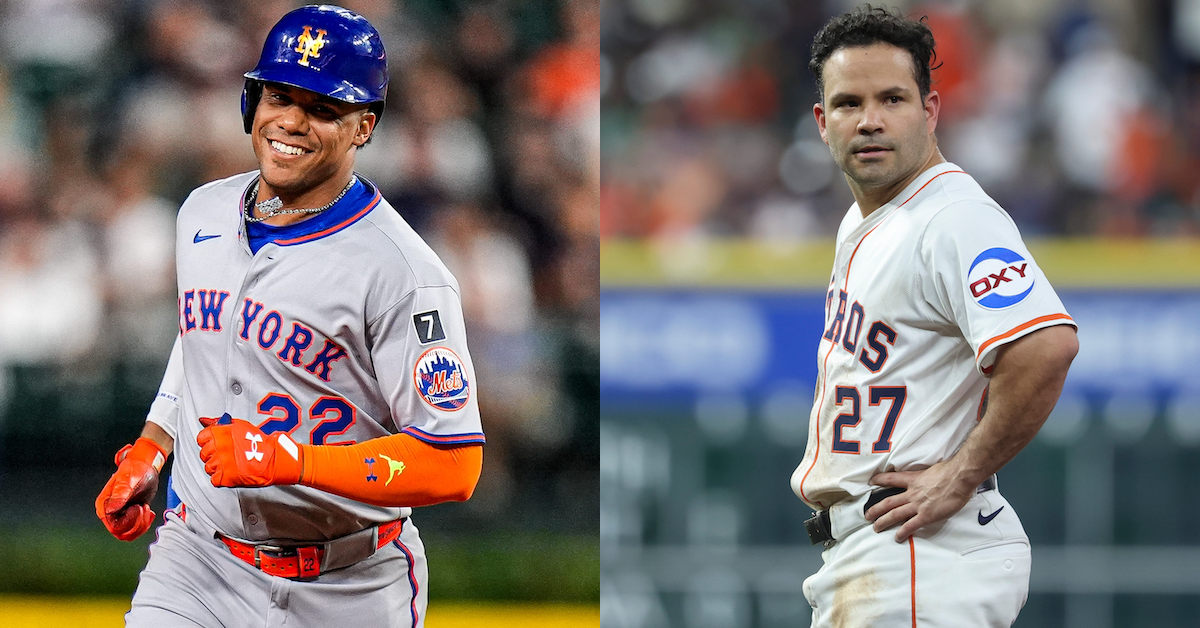
I can’t tell you why the structure of the big leagues seems to bend towards close races. On August 31, the teams on the right side of the playoff cut line were all at least 2 1/2 games ahead of their nearest competitors. All baseball has done since then is collapse into chaos. The Mets have gone 8-13 to fall into peril, though that’s nothing compared to the Tigers, who have gone 5-15 over the same stretch. The Guardians are an absurd 18-5. Playoff fortunes have ebbed and flowed mightily.
Which players have featured most prominently in those games? There are any number of ways of answering that question. You could look for the highest WAR among contenders, the worst ERA or the most blown saves. You could use fancier statistics like Championship Win Probability Added, which accounts for how much each game mattered to each team. You could use the eye test, honestly – I can tell you from how frustrated Framber Valdez has looked this month that he’s not helping the Astros.
But the closest thing to matching the way I experience baseball, as a fan, is regular ol’ win probability added. My brain doesn’t distinguish between the importance of games when a team is in the pennant race. They’re all important. You can’t lose a random game on September 7 when you’re three back in the standings; you never know when the team you’re chasing will lose five in a row. Championship Win Probability Added distinguishes between whether your team is a long shot or playing from ahead, but when I’m rooting for one of the teams jockeying for a playoff spot, I don’t do that. I don’t think I’m alone in this, either. If every game in the race is equally important to you, Win Probability Added will measure the players who have mattered most in that framework. So I’ve compiled a list of notable players from the past month in each playoff race – and as a little bonus, I threw in a few players who have either stymied contenders or gotten trounced by them. Read the rest of this entry »

